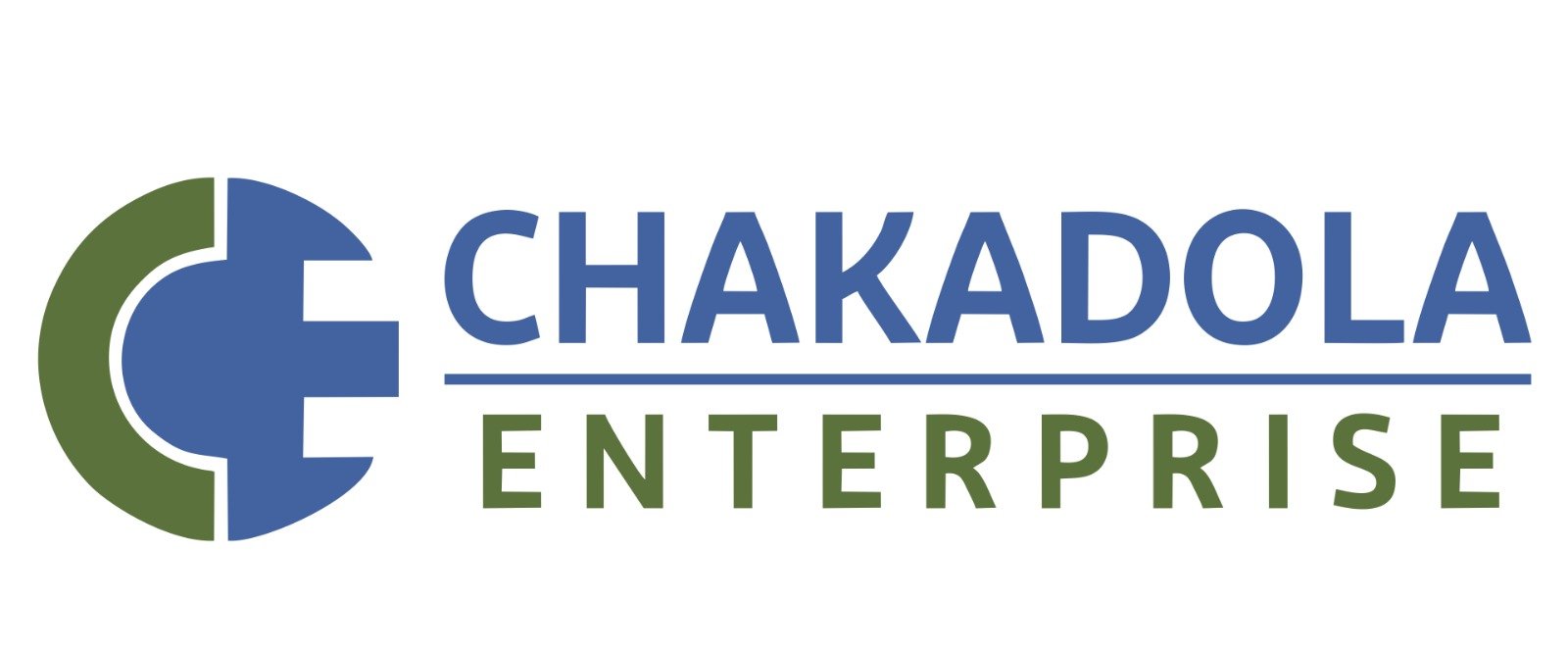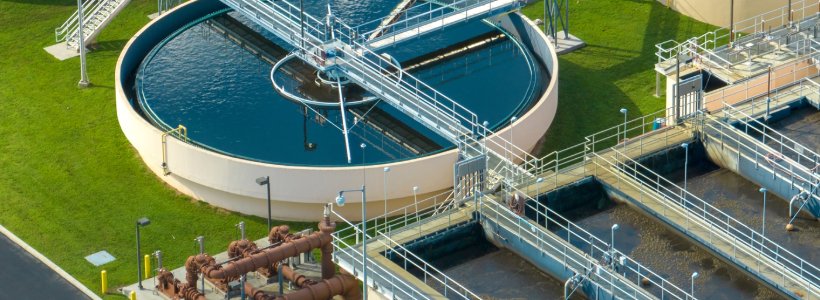Effluent is a liquid waste (wastewater) generated by factories, hotels, vehicle service centers, and other commercial business units. As it contains a high level of BOD, COD, TSS, and TDS, it negatively affects the water and soil. The high level of BOD significantly decreases dissolved oxygen (DO) level; hence,
it puts freshwater resources in danger. In today’s scenario, it is imperative to treat industrial wastewater to a level where it can be reused safely or discharged without affecting the environment. CPCB and other statuary bodies have set some guidelines for wastewater that every effluent treatment plant must follow.
Effluent Treatment Process Explained
Industrial wastewater (effluent) is treated in several ways; the level of treatment decides which is appropriate. There are four steps: Preliminary, Primary, Secondary, and Tertiary.
Advantages of ETP Plant
An Effluent Treatment Plant (ETP) plays a crucial role in managing industrial wastewater by treating and purifying it before releasing it into the environment. It helps industries comply with environmental regulations, conserve water, and promote sustainable practices. ETPs also protect ecosystems and human health by reducing pollution and controlling the discharge of harmful chemicals into water bodies.
- Controls industrial pollution.
- Meets environmental regulations.
- Enables water recycling and reuse.
- Reduces operational costs.

